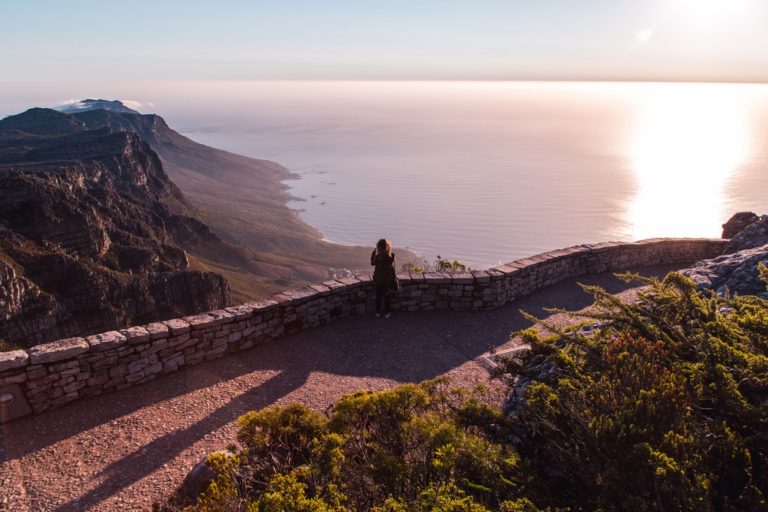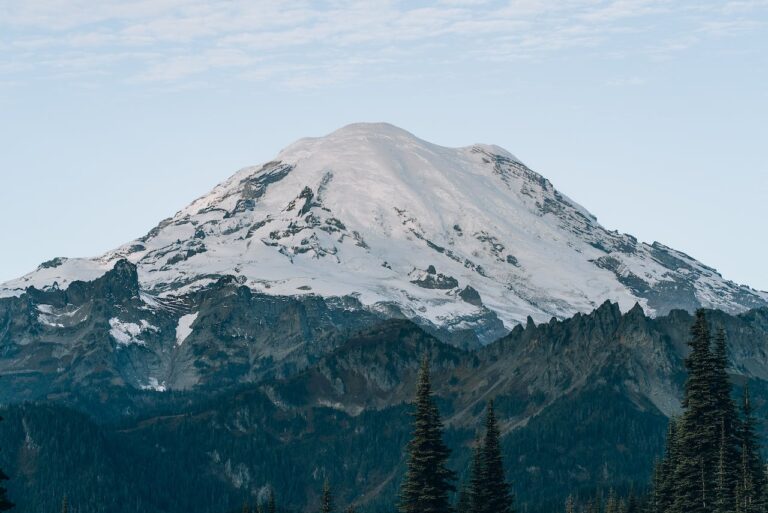Lesotho is a small state in Southern Africa surrounded by South Africa, and its capital city, Maseru, is the only major settlement. Lesotho’s name means “the land of the Sothos,” a reference to the original ethnic group inhabiting the area.
The population of the country is just over two million. It makes Lesotho one of the least populated countries in Africa.
Lesotho boasts tall mountains and narrow valleys.
The country is known as the “Kingdom in the sky” for having the world’s highest lowest point of elevation at 1,400m. Lesotho also has 300 days of sunshine every year.
The mountains were the territory of the Khoisan-speaking hunter-gatherers during the Neolithic Period.
Moshhoeshoe I took control of Lesotho in the 19th century till it became a British protectorate.
The country went through decades of political and economic stability after gaining independence in 1966.
Later, it welcomed the modernization programs and flourished tourism and diamond industry which helped the country to get back up.
Today, Maseru is the capital city and one of the most attractive cities in Southern Africa.
Geography
South Africa encircles Lesotho by three of its provinces- KwaZulu-Natal, Eastern Cape, and Free State. Consequently, it heavily depends on its neighboring country for access to the outside world.
Two-thirds of the country comprises mountains. Its highest peak is Mount Ntlenyana (3,482 m above sea level).
The mountain soils of the country have a basaltic origin and are shallow. On the other hand, the lowlands have soils derived from underlying sandstone.
Climate
The rainy season in the country occurs between October and April and has a precipitation level of about 710 mm. The level of precipitation decreases as you move from east to west.
Summer has temperatures that reach as high as 32 degrees celsius in the lowlands. The temperature drops to -7 degrees celsius in the winter.
The highlands of Lesotho have temperatures that read below -18 degrees celsius.
Nature and Wildlife
The country’s vicinity is filled with grasses and trees. Some of the indigenous trees you can find in Lesotho are Cape willows, wild olives, and cheche bush. The cooler, wet areas houses varieties of aloes.
The country’s flora has drastically reduced due to overgrazing, soil erosion, and overutilization. For this, reforestation programs have been conducted.
In terms of wildlife, hunting and deforestation have eliminated most of the large mammals. Today, only hares, antelope, hyrax, leopards, reedbuck, and dassie can be found.
The county’s national parks also protect bird species such as the raptors, bearded vultures, or lammergeier.
The country’s rivers are home to yellowfish, trout, and North African catfish, and Maloti minnow.
People
The largest ethnic group of Lesotho is the Sotho group (also called Basotho). They were united by a common loyalty to the Moshoeshoe I.
The country also houses the Zulu minority. Lesotho is also home to Asian and European communities that have immigrated to the country as expatriate teachers, aid workers, development advisers, and missionaries.
The main languages spoken in Lesotho belong to the members of the Niger-Congo language family.
Sotho is a Bantu language spoken by most people even though English is also the country’s official language.
Few people also speak Zulu.






